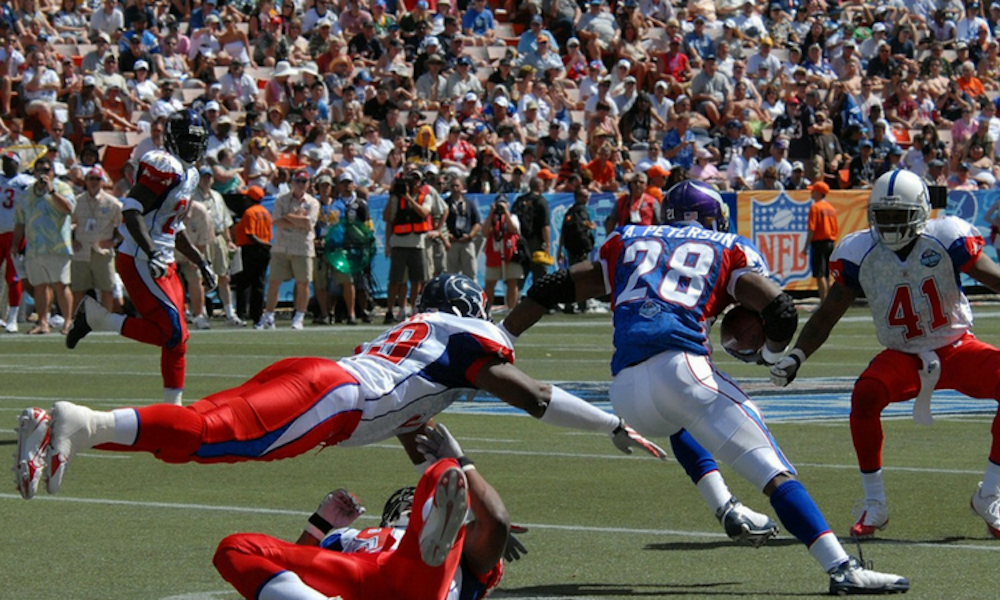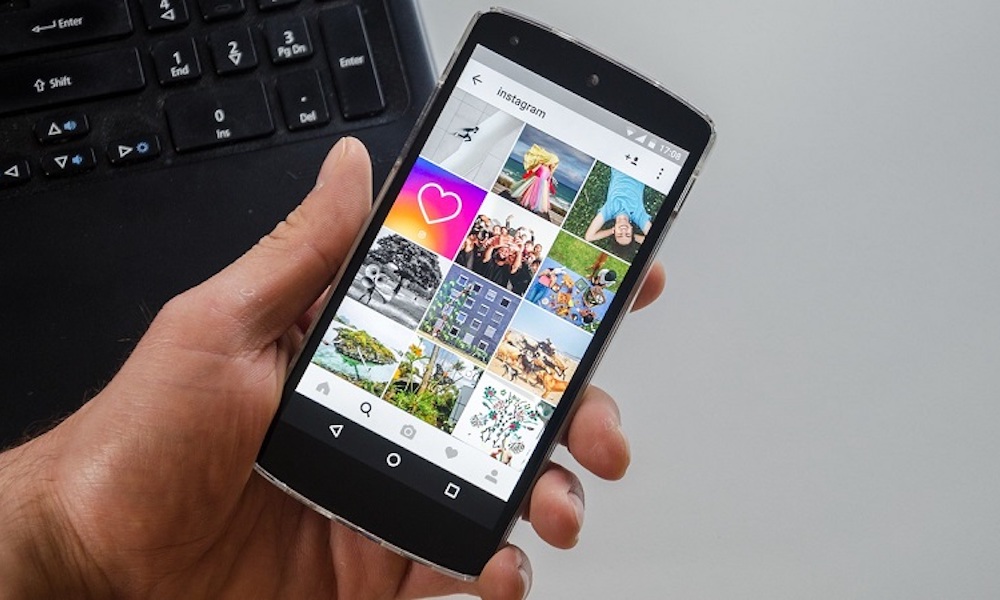“At the moment we are experiencing this explosion in digital health care,” said Russell Okung of the San Diego Chargers. “And they offer an important added value, especially for professional athletes.” If he is not on the offensive line, Okung is sitting in the Athlete Advisory Board of the One Team Collective, the technology accelerator of the NFL Player’s Association. The NFL also founded its own venture capital fund in 2013 with 32 Equity. Teams like the San Francisco 49ers regularly invest in technology companies.
While some NFL innovations have been public, many have been more behind the scenes. Teams and players are careful with passing on new insights. “If you go public, everyone will follow and the advantage disappears,” said Professor Luke Bornn, VP of Strategy for the NBA team the Sacramento Kings.
Here, we have listed seven major innovation themes that NFL teams are exploring for the 2017/18 season.
1. Movements
Since 2014, Zebra Technologies has been tracking the movement of NFL players during games. Zebra uses two small RFID tags in the shoulder pads of each player. Receivers are installed around the field which triangulate the position of the tags.
This results in the so-called “Next Gen Stats” of the NFL. They are based on location, speed and acceleration. Teams can access their own data, but not that of other teams.
Many NFL teams do not use the Zebra system, but instead rely on other devices. Catapult is based on GPS and accelerometers to determine location and movement. More than a dozen teams began using Catapult for the 2017/18 season. STATSports is based on the same principle and works with five teams.
2. Biomechanics
The determination of the total movement of a player’s center of gravity helps to assess the workload of his body. However, in order to better understand the stresses of limbs and joints – tensions and imbalances that can lead to injuries – it is necessary to measure the movement of an individual. There are several companies that use accelerometers placed in different places on the body of an athlete to measure biomechanics. Most of these companies do not work explicitly in football. Motus Global has developed a sleeve device called MotusQB to calculate the working load of a quarterback’s arm. Torqlabs uses four devices located on the top and bottom of a rotor to measure gait. Lumo Run uses a single device placed at the bottom of the spine to do the same by analyzing hip movement.
3. Force
The actual power a player can exert – such as an offensive lineman pushing against a defender on the scrimmage line, or a receiver pushing off the ground to jump into the air – depends both on biomechanics as well as raw strength. To increase this strength, players spend many hours in the weight room. But technology is also making progress. A system from Sparta Science can measure the force a player applies to a measuring plate in the ground while he is jumping. This system is used by several NFL teams. A wearable by PUSH uses accelerometers to track the speed of the repetitions and has been used to evaluate the ability of the NFL players to push a sled in training. The clothing of Athos can measure the activity of individual muscles by recording the electrical activity on the skin.
4. Regeneration
One of the greatest injury risk factors in sports is fatigue. Instead of increasing performance during the season, the teams generally focus on the best possible recuperation of the players. In April, the NFL Player’s Association signed a treaty with WHOOP. WHOOP focuses on wearable technologies. The company has designed a bracelet to monitor both the exercise load and the recovery effect of a player after he has rested or slept.
This agreement applies to the NFL Player’s Association and not the NFL, so it is not easy for teams to access the data. However, there are other systems to evaluate their recovery. PUSH operates a platform for the NFL that combines physiological tests with questions about how an athlete feels or is ready to train or play. Under Armor has shoes that include sensors which determine the fatigue level based on jump tests.
5. Blood
The simplest devices and methods generally track external metrics (such as movement, force, skin temperature, electrical conductivity), or the simplest internal biometrics (such as heart rate and heart rate variability). However, the most useful values come from invasive tests. Several NFL teams work with Quest Diagnostics. Their design for wellness programs includes laboratory work to measure the variety of chemicals and proteins in the blood of the players. InsideTracker offers personalized nutritional and lifestyle recommendations for athletes and consumers based on similar blood tests. Perennial athletes have even been testing the use of glucose monitoring devices continuously. Dexcom provides such a device, among other things. Dexcom has developed a device for diabetes patients. A needle is inserted into the skin to see how the body responds to different nutritional strategies.
6. Brain
What’s going on in your head is probably the most personal information a player has to offer. With regard to the subject of brainwave vibration, this is also the most controversial data. Several teams are already using the STRATCH virtual reality system, which allows players to navigate through the game in retrospect. Headsets, e.g. by Smith, measure the brainwaves of the players. With this approach, the players learn concentration and relaxation techniques. Improving focus, response speed, and decision-making ability may help win games. By measuring these values over a longer period of time, teams could also identify brain impairments. Between the start and end of the NFL season 2017/18 there are sure to be many interesting developments. It is hoped that the new high-tech helmet VICIS ZERO1 will prevent as many injuries as possible.
7. Data management
The above devices and technologies can produce a huge amount of data. The interpretation and operational reuse of these data are probably the biggest obstacle that holds back a greater technology revolution within the NFL. Few coaches and athletes have the analytical and scientific competency or the time to make it work. A number of companies are coming to fill this gap, including industry leaders Kinduct. In May, Zebra teamed up with Kinduct to manage data for its NFL and college football customers.
How much will the innovations shape 2017/18 NFL season?
There is no claim to completeness for the above innovations. In the course of season 2017/18, hopefully, numerous advances will be made. This is just a starting point.
“Every team is doing well, even the bad,” Steve Gera told Sports Illustrated. Gera was an analyst at the San Diego Chargers and head of innovation at the Cleveland Browns. Now he is Creative Officer at the Gains Group, an agency that connects athletes and trainers with technology companies.
Over the course of the season, it will becomes clear which is the technology of the winners and of the losers. Or is the topic not all it’s cracked up to be? The 2017/18 season should let us know!





